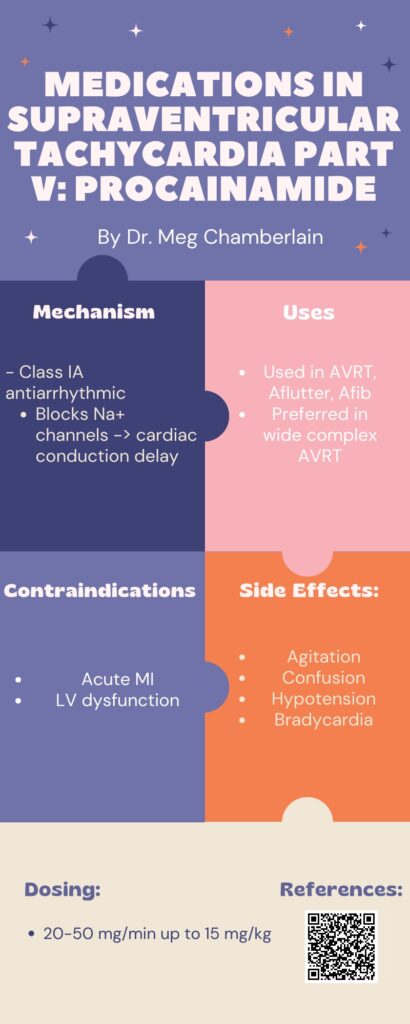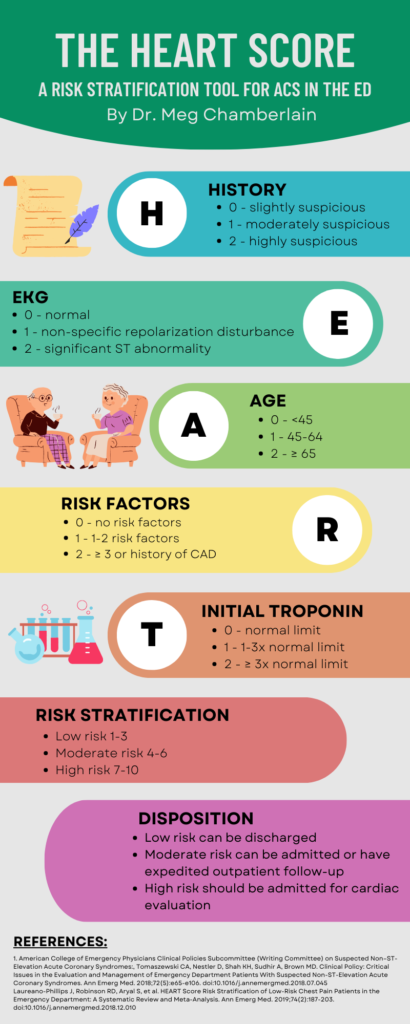Dr. Carlos Cevallos, M.D.
Overview:
Local anesthetics are a class of medications that includes esters and amides such as benzocaine/procaine and bupivacaine/lidocaine respectively
Local anesthetics MOA: Primarily through inhibition of voltage-gated sodium channels
Risk Factors for development of LAST:
- High volume nerve blocks, lack of ultrasound guidance, prolonged high-dose lidocaine infusions, hepatic dysfunction, cardiac disease, renal disease, pregnancy
Clinical Presentation: Primarily affects the CNS and cardiovascular system
CNS: usually presents first
- Sensory: tinnitus, perioral numbness, perioral numbness, metallic taste, blurred vision
- Dizziness
- Delirium
- Tremors, lethargy
- Dysarthria
- Seizures
- Respiratory depression
Cardiovascular symptoms:
- Initial: Sympathetic activation (tachycardia, HTN, diaphoresis)
- Late: Bradycardia, AV block, widened QRS, ventricular arrhythmias, PEA/Asystole
Treatment:
- Immediately discontinue the anesthetic
- Lipid Emulsion therapy:
- Initial: 1.5ml/kg bolus of Intralipid 20% followed by infusion at 0.25ml/kg/min until 10 minutes after hemodynamic stability is obtained
- If HD stability not obtained then you may re-dose the 1.5ml/kg bolus twice and increase the infusion to 0.5ml/kg/min










